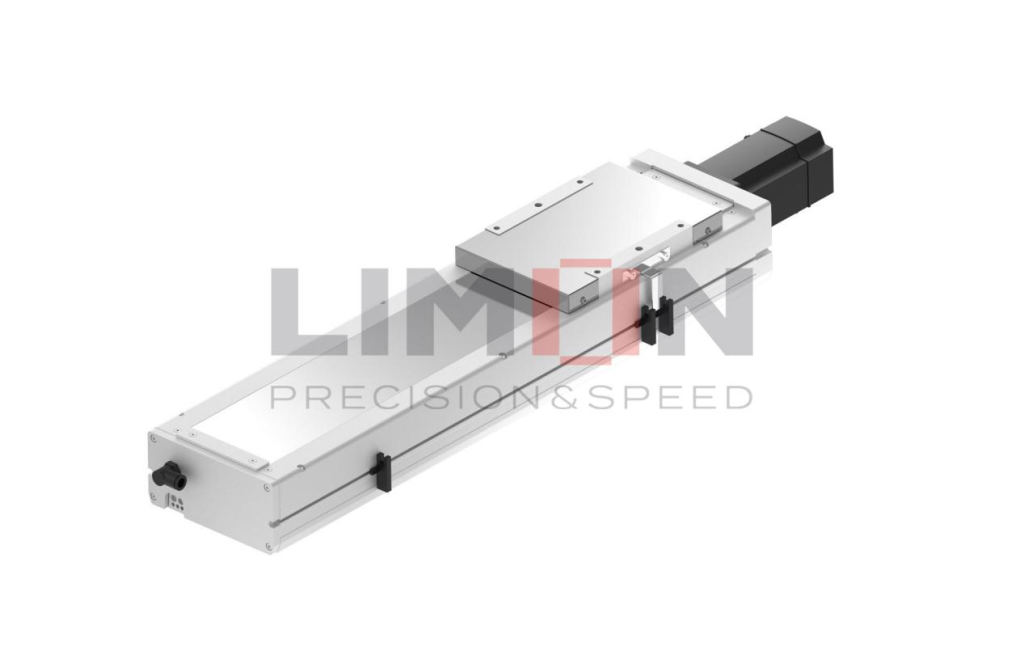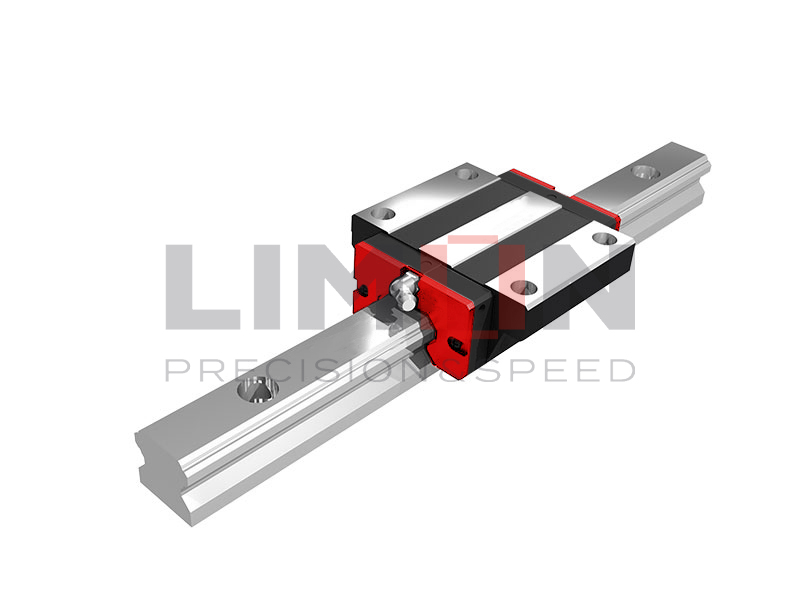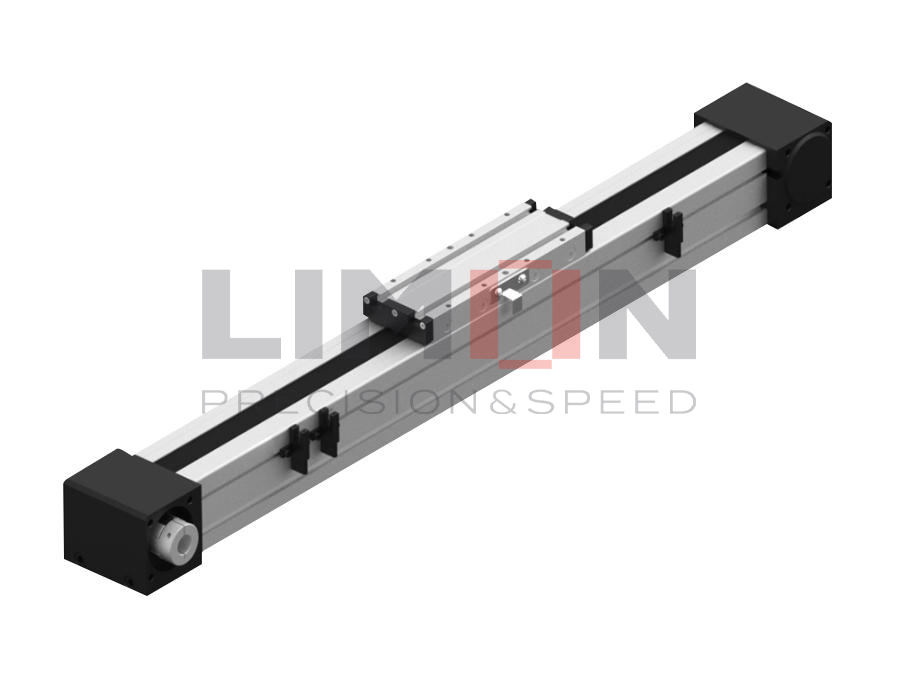In the world of industrial automation and mechanical design, choosing the right type of bushing is crucial for performance, reliability, and maintenance strategy. Whether you’re building a CNC machine or optimizing equipment for how to fulfill dropshipping orders on Shopify, understanding the differences between linear bushings and oil-free bushings will steer you toward smarter decisions.
1. Lubrication Requirements
Linear Bushing
-
Requires external lubrication (oil or grease).
-
Essential for reducing friction and extending lifespan.
-
Ideal for high-speed, precision-based applications like robotics and factory automation.
Oil-Free Bushing
-
Self-lubricating: made with embedded solid lubricants like graphite or PTFE.
-
No need for external lubrication — a major plus in environments where maintenance is a challenge.
-
Especially useful in packaging lines, food-grade machinery, or environments involving dust and debris.
2. Structure & Material Composition
Linear Bushing Construction
-
Made of steel or engineered plastic housings.
-
Contains multiple recirculating ball bearings for ultra-smooth linear motion along a shaft.
-
Designed for applications requiring high precision and low friction.
Oil-Free Bushing Construction
-
Built from sintered bronze, composites, or engineered polymers.
-
Internal solid lubricants eliminate the need for routine oiling.
-
Offers quiet operation and long life, even under challenging conditions.
3. Applications & Ideal Use Cases
Where Linear Bushings Shine
-
CNC machinery
-
3D printers
-
Medical automation
-
Robotics
-
Assembly lines that require high-speed linear motion
These are also common in modern e-commerce fulfillment systems — particularly in automated solutions for how to fulfill dropshipping orders on Shopify, where precision and repeatability matter.
Where Oil-Free Bushings Win
-
Food & beverage equipment
-
Cleanrooms
-
Outdoor or dusty environments
-
High-temperature systems
-
Areas with restricted access for maintenance
They’re a favorite in “set-and-forget” machinery that just needs to run — no lube, no fuss.
4. Maintenance Requirements
Linear Bushings
-
Require regular maintenance and periodic relubrication.
-
Can deliver top performance but demand attention over time.
Oil-Free Bushings
-
Zero maintenance.
-
Perfect for companies that value uptime over tinkering.
-
Fewer moving parts, fewer headaches.
Materials Used in Linear Bushings
Choosing the right material isn’t just about durability — it’s about aligning with your application, budget, and environmental constraints.
Bearing Steel (e.g., SUJ2, 52100 Steel)
-
Excellent wear resistance
-
Ideal for high-load, high-speed operations
-
Requires lubrication
Stainless Steel (e.g., SUS440C, SUS304)
-
Corrosion-resistant
-
Perfect for cleanrooms, medical, or food-grade environments
Bronze (e.g., Sintered Bronze, Phosphor Bronze)
-
Common in oil-free bushing designs
-
Infused with solid lubricants for self-lubricating properties
Engineering Plastics (PTFE, POM, PA, UHMW-PE)
-
Lightweight, chemical-resistant, and maintenance-free
-
Great for applications with limited load or in corrosive conditions
Composite Materials (PTFE-coated metals, fiber-reinforced polymers)
-
Combine the strength of metals with the low friction of polymers
-
Long service life and ideal for harsh or high-load applications
Final Takeaway
The right bushing for your project depends on what you value most — precision, maintenance-free performance, or resilience in extreme environments.
-
Choose linear bushings when precision linear motion and high-speed operation are your top priorities.
-
Choose oil-free bushings when maintenance-free performance in harsh or sensitive environments is critical.




